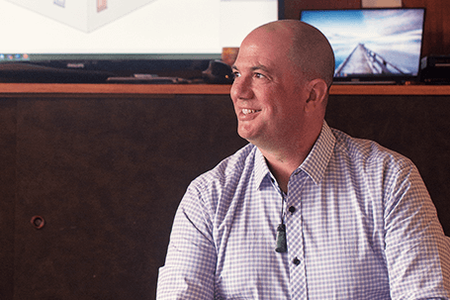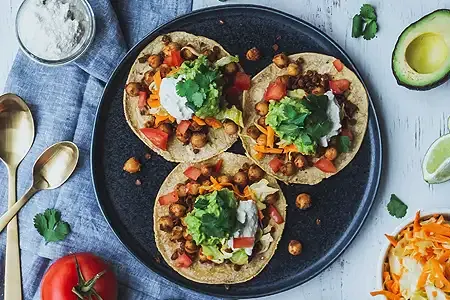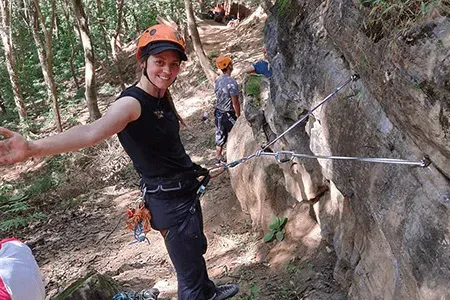Taha tinana
By MAS Team
One in five Kiwis experiences a mental illness each year. Almost all of these people will recover or live well with the right tautoko (support).
Te Whare Tapa Whā is a model of health that helps us identify where we need extra support. It describes health as a wharenui (meeting house) with four walls. These walls represent:
Connection with the whenua (land) forms the foundation. When all four walls and the foundation are strong, we feel strong too, including our top two inches (our mental wellbeing).
Taha tinana is your physical wellbeing. It is about how your body grows, feels and moves and how you care for it. Taha tinana is just one aspect of health and wellbeing and cannot be separated from all others. It’s important to acknowledge that sometimes your taha tinana might not be as good as you’d like it to be, and this might be beyond your control. What’s important is that you take care of your physical being and do what you can to nurture it, regardless of your current physical abilities.
Working to nourish and strengthen your taha tinana will help you to cope with ups and downs at work and in life generally. When you feel physically well, it helps you feel mentally well too. Having good physical wellbeing means you can focus on your mahi and take leadership in helping your hoamahi (colleagues) live healthier lives too.
Take some time to reflect on what taha tinana means to you. If you tried out any of the activities about what specifically made you feel good and what didn’t? If any of the activities helped to boost your mental health and wellbeing why not find ways to include them regularly in your week.

A former rocket scientist is determined to make New Zealand's housing stock warmer, drier and healthier for our communities by shifting his focus to designing energy-efficient passive houses.

Plant-based diets are increasing in popularity because of their health benefits, lower carbon footprint, and reduced animal cruelty. Learn more now.

MAS Here for Good Scholarship winner, Justine Paddison, was asked to detail her volunteer activity and how this benefits her in life and in her chosen profession.